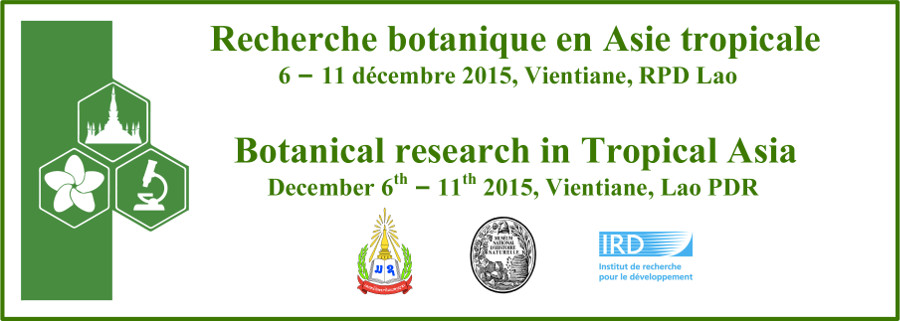This research investigated the bioactivity of different traditional remedies from the Lao PDR (Laos) to treat tuberculosis, a prevalent disease on the Asian continent. In order to determine which plants have been in use over a long period of time, centuries-old medical documents were analyzed. Follow-up research involved field interviews with contemporary healers about plants that they are currently using for TB treatment. Samples of the plant part traditionally used were collected for 77 plants, which were extracted into ethanol and/or water and submitted to various biological assays in order to determine the amount of growth inhibition of virulent Mycobacterium tuberculosis H37Rv (Mtb), as opposed to other microbes and mammalian Vero cells. Of the collected species, 15.6% exhibited greater than 90% inhibition in Mtb bioassays (12 active of 77 plants). Fractionation of one active species, Marsypopetalum modestum (Pierre) B.Xue & R.M.K.Saunders (Annonaceae) led to the anti-mycobacterial compound 2,2'-dithiobis (pyridine N-oxide), a known compound isolated for the first time from the genus Marsypopetalum Scheff. M. modestum also exhibits high cytotoxicity, which is of concern.
- Poster

 PDF version
PDF version

